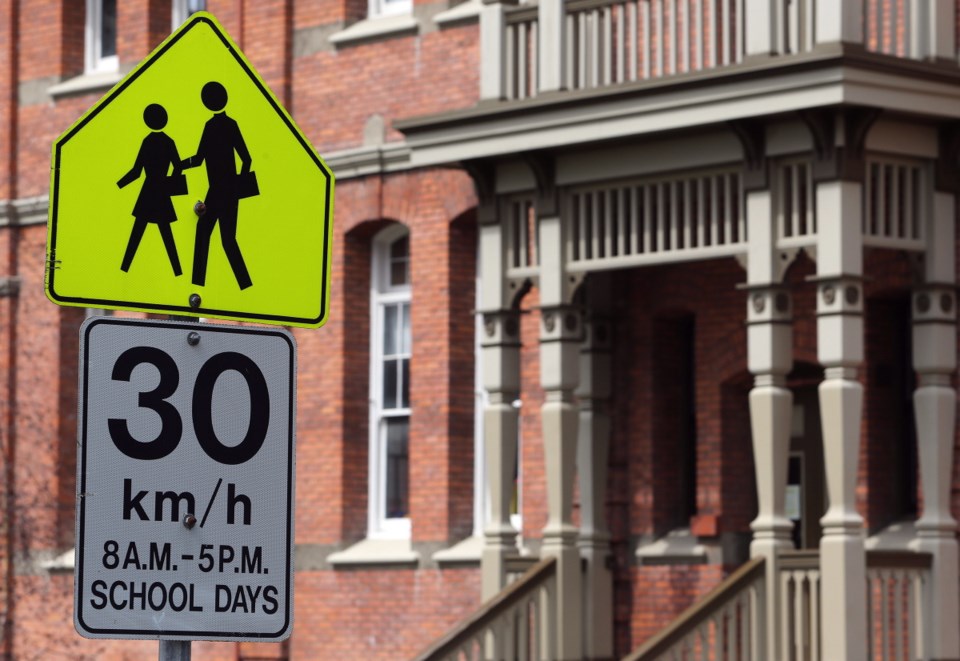 If an optimist and a pessimist laid bets at every point along the way in the 18 months of government-B.C. Teachers’ Federation talks, the pessimist would be up considerably.
If an optimist and a pessimist laid bets at every point along the way in the 18 months of government-B.C. Teachers’ Federation talks, the pessimist would be up considerably.
Nonetheless, Education Minister Peter Fassbender is still an optimist.
He called himself optimistic at the outset of talks.
“I’m really looking forward to this new school year, without disruptions,” he said during a conference call a year ago. “I’m really hopeful that, as they get back to the table, that they can find a resolution with the school districts. I want to do it in the environment of collaboration and negotiation.”
Later, he was optimistic about the chance of a 10-year deal. (RIP, 10-year deal.) He’s been described as such incessantly for the last year.
And now he’s optimistic that the resumption of talks on Friday will justify his boundless faith.
Based on a talk with reporters Tuesday, it seems there are two reasons for his optimism.
One is that the scheduled Friday session will involve the full bargaining teams on both sides. He took it as an encouraging sign, because it will be the first time since the end of June that’s happened. “I’m looking forward to seeing negotiations begin in earnest as of this Friday.”
The other is that talk of new ideas and concepts is in the air.
Fassbender said there were media reports that the BCTF is prepared to come to the table with some “creative ideas” and he said the employer is “willing to come to the table with some ideas as well.”
Taken together, that’s not really much to go on.
Of course the full teams will be there. It’s a scheduled negotiating session, so they’re obligated to show up. The only back and forth over the past few weeks has been between the principals. A meeting of the teams is a bit of a new development, but a pretty marginal one.
And new ideas are welcome, but they are going to have to be very creative to bridge the gaps. “Creative” can also mean “desperate” at this point.
Fassbender also stressed that the government’s original boundaries are still in play. All the creativity in the world won’t change the fact that the government insists the BCTF, which has already lowered its demands considerably, still has to climb down some more.
“They need to come into the affordability zone so that we respect the other agreements we already have,” he said.
Most other public unions are settling in the 5.5 per cent raise over five years range. The BCTF is still outside that range, no matter how you cost it. Last month, the union was saying the two sides are only a point apart. But that’s only if you don’t count the $5,000 signing bonus for each teacher that is still on the table. The government says the union position is more like a 12. 5 per cent cost increase, although the calculations are disputed.
(One of the constant features of teacher talks is that the two sides never agree on costing. Getting to an agreement just on the costs they disagree on could easily take up the rest of the summer break.)
But Fassbender said the government has shown a willingness to move and needs to see the same from the BCTF.
“They’ve indicated they are willing to do that, so that will happen as of this Friday and we’ll see where it goes from there,” he said.
His fervent hope is that the two full teams will sit down and merge their new ideas into some kind of negotiated settlement, now that it’s clear the government is prepared to wait the union out through September and early October, if need be.
It’s at the furthest range of conceivable, at this point. There is still some money to be made by pessimists betting against any sort of good news developing.
A slightly less pessimistic bet would be to expect a week or so of talks that might move the government and the union into a realm where a mediator might see enough of a sliver of possibility to take an interest in helping close this cursed deal.



